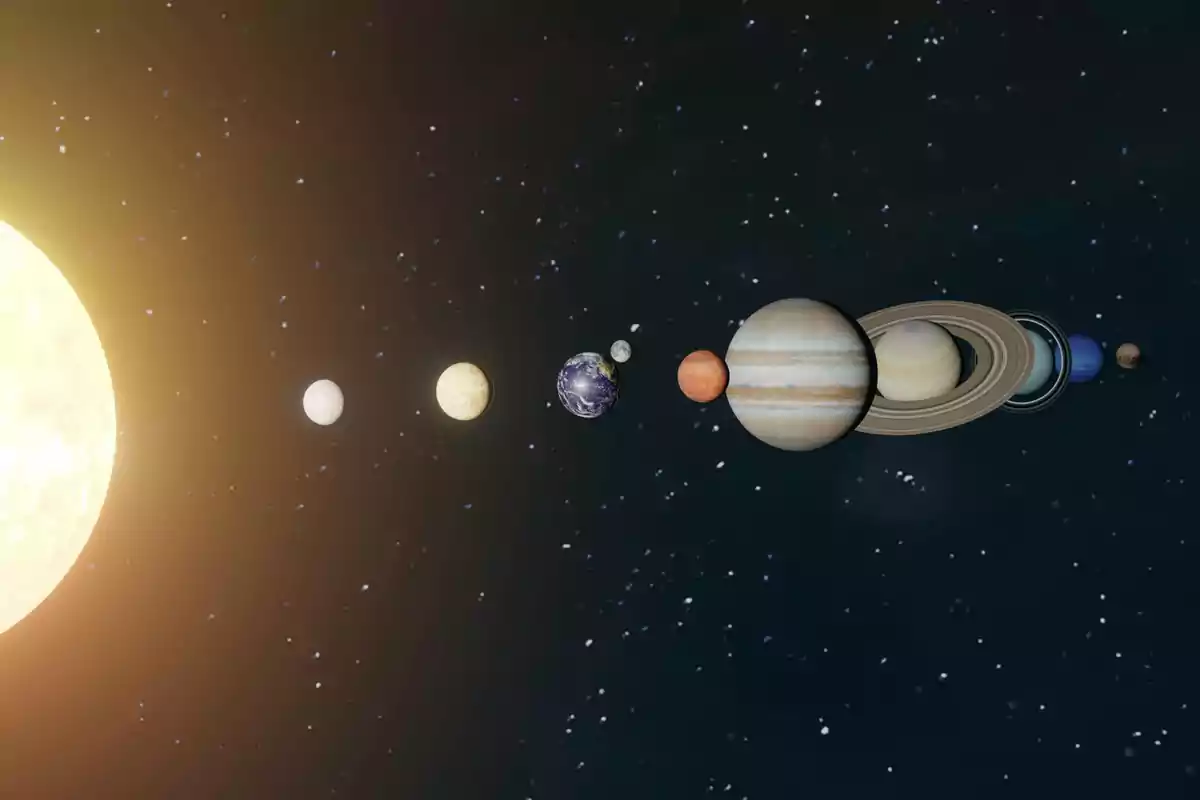A new warning from astronomers has reignited interest in an old mystery of the solar system. The possibility that there is a planet larger than Earth, but invisible to our eyes, has once again become the focus of scientific debate. The discovery hasn't been confirmed, but the evidence has made the hypothesis gain strength.
This is the so-called "planet nine," a hypothetical body that would be located at the edge of the solar system. Experts claim that this planet, despite being larger than our planet, hasn't been observed due to its enormous distance from the Sun. However, the gravitational effects it would exert on other objects give it away.

The new theory of the hidden planet
The idea isn't new and dates back to the first orbital studies of the twentieth century. At first, astronomers tried to use it to explain the deviations of Uranus and Neptune, although more precise calculations solved that enigma. However, in 2016, astronomers Konstantin Batygin and Mike Brown, from the California Institute of Technology (Caltech), revived the hypothesis with a new approach.
Their theory focuses on the Kuiper Belt, a distant region filled with dwarf planets, asteroids, and comets. There, astronomers have identified strange and deviated orbits that don't fit with the known laws of solar gravity. According to Batygin and Brown, these anomalies could only be explained if a massive planet were exerting its influence from a great distance.
Findings that reinforce its possible existence
At first, the theory was met with skepticism. However, the observations accumulated in recent years have led many astronomers to consider it increasingly likely. As Brown stated in 2024, "it's very unlikely that P9 doesn't exist; currently, there are no other explanations for the effects we see."
Some findings have strengthened the hypothesis. The object 2017 OF201, about 435 mi. (700 km) in diameter and with a very elongated orbit, showed clear signs of being influenced by an external force. Another recent case is that of 2023 KQ14, whose discovery once again fueled the debate about planet nine.
Main obstacles in the exploration
Even so, doubts persist. Other scientists argue that it could be a ring of debris or even a small black hole. They also warn about the difficulty of observing with precision at such remote distances, far beyond the 46.5 billion mi. (500 astronomical units) from the Sun where this hypothetical planet would be located.
To get an idea of the magnitude, a spacecraft like the New Horizons probe, launched by NASA in 2006, would take more than a century to reach that region. For this reason, ground-based and space telescopes are, for now, the only tools available to advance the research. Each new discovery in the Kuiper Belt adds another piece to the puzzle.
The truth is that the mystery remains open and fascinates both experts and astronomy enthusiasts. If the existence of this hidden planet is finally confirmed, its discovery would represent one of the most important scientific milestones of the modern era. Until then, it will remain a mystery.

